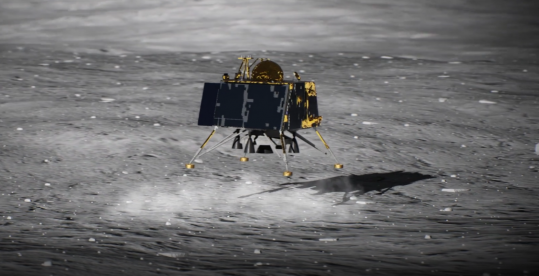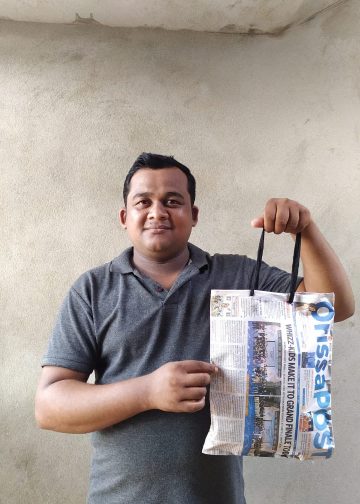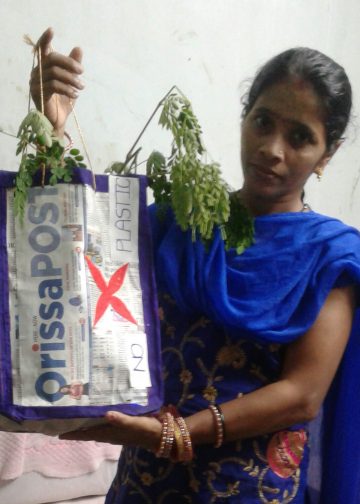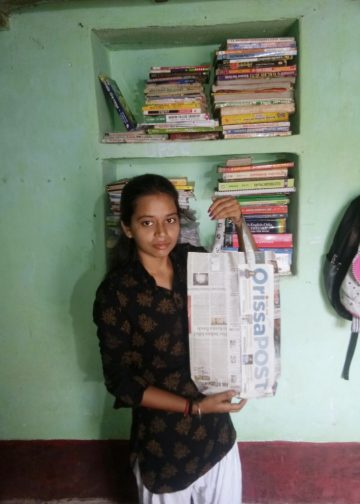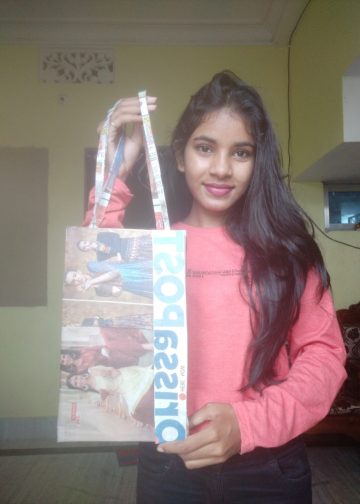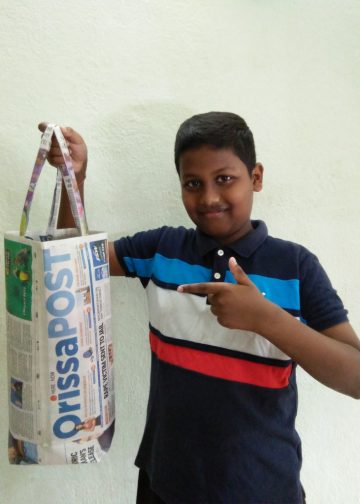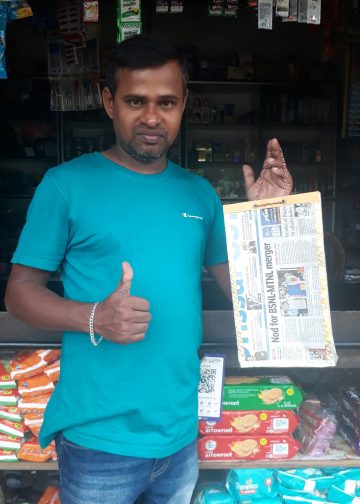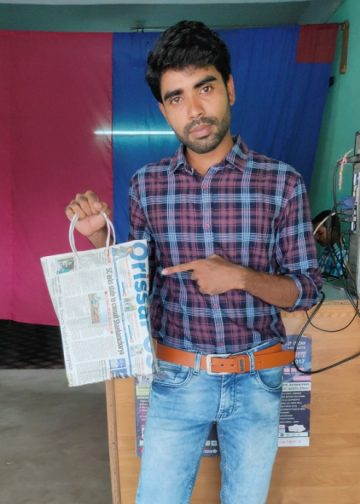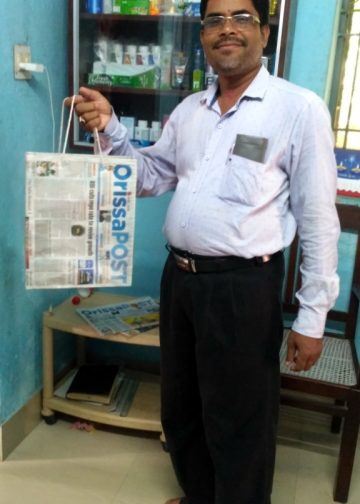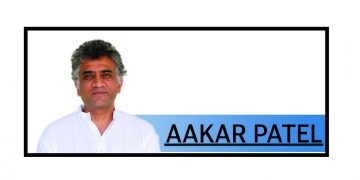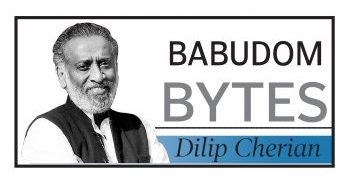Even as serious attempts are being made by Indian space agency to establish communication link with its moon lander Vikram that crashed on to the lunar surface, a Senior Advisor in ISRO has explained in simple terms the landers planned operations.
According to Tapan Misra, Senior Advisor to the Indian Space Research Organisation (ISRO) and Adjunct Professor at Indian Institute of Technology-Kharagpur, the oft-repeated term related to moon landing of Vikram “15 minutes of terror” was coined by a team in Jet Propulsion Laboratory (JPL), US, to sum up the Mars landing of Curiosity.
The Curiosity is a car sized rover sent to Mars by the American space agency National Aeronautics and Space Administration (NASA).
“I personally believe, scientists do great disservice to science by using such terms,” Misra, a former Director of ISRO’s Space Application Centre and Physical Research Laboratory said in a social media post.
According to him, all the complex science can be explained scientifically in small scientific parts to make the resultant complex science simple.
Step by step, Misra explained, the moon lander Vikram’s operation from the time it started its journey towards soft landing on the moon on September 7 early morning:
“The lander Vikram was horizontal at 30 km altitude at a speed of 1.66 km/sec. When it is brought to lunar surface, lander will be vertical and its velocity will be maximum 2 m/sec. It follows a curved track during this operation?
“The height is reduced by firing thrusters in opposite direction. As the velocity is reduced, because of loss of energy, the lander loses height due to lunar gravitational attraction, roughly one sixth of gravity on earth.
“There were two phases of lunar descent — Braking and hovering. The lander Vikram has five big (800 Newton) thrusters and eight small thrusters. Thrusters are essentially small rockets, usually mono- or bi-propellant based. Big thrusters are kept for braking/hovering and small thrusters are meant for orientation change and hovering.
“The five big thrusters are positioned as: four at corners and one at centre. The resultant thrust of four corner ones, if fired equally, will combine in vertical direction, providing opposing force and the resultant vertical axis of vector will pass through centre of gravity, providing stability.
“If an imbalance is created by throttling four engines, i.e. by varying fuel injection rate, the resultant force vector is not aligned to vertical axis of lander, creating one horizontal and vertical component. And generally, operation of four corner thrusters and the central thrusters is made exclusive to make things simple. Thrust vector of central one will also pass through centre of gravity, aiding stability.
“Let us assume operation of simultaneous operation of four corner thrusters. Now if one or more of them are not operating simultaneously or there is imbalance in thrust output among them, the resultant uncompensated horizontal force will spin the lander in horizontal plane.
“In that case, the resultant vertical force vector will also not pass through centre of gravity and resultant couple will trigger spinning in vertical plane. In fact, the controlled spinning by throttling is used to aid programmed tilting of the lander in the braking phase.
“If spinning in two orthogonal plane goes out of control, it will essentially tumble down the lander. Tumbling of lander with thrusters on, will make things very complex, like firework burnt in Diwali, called spinning wheel or ‘Charki’.
“The result will be simultaneous tumbling and zig zag random motion of lander, beyond the control of on-board control system. So, throttling of the four thrusters is a critical activity.
“A very large component of lander is fuel tank. When lander accelerates, decelerates, because of inertia, the liquid fuel gets into sloshing, akin to splashing of water in a tub. Sloshing becomes severe as more and more fuel depletes in fuel tank, making life difficult. It may so happen that engine nozzle feed will be starved of fuel resulting in uncontrolled throttling.
“The first phase of braking phase lasts from 30 km altitude to 400 m altitude where velocity is reduced from 1.66 km/sec (6,000 km/hr) to 60 m/sec (200 km/ hour).
“Orientation of lander is changed from horizontal to vertical. Throughout this period four corner thrusters are operated to brake and central thruster is switched off.
“At 400 m height, the second phase of braking starts. The lander is vertical, two of four corner thrusters are switched off simultaneously and two diagonal thrusters are switched on.
“By the time lander descends to 100 m, these two thrusters brake lander to reduce vertical speed from 60 m/sec at 400 m height to less than 2 m/sec at 100 m height.
“The braking control from 30 km height to 100 m is carried out by a series of time tagged commands, loaded in the lander a few hours before operation from ground. They are generated based on precise measurement of lander orbit, prior to de-orbitting. This is a predictable operation.
“When lander reaches 100 m height, the lander is three axis stabilised and it essentially floats. Moon’s gravity is compensated by upward thrust of two diagonal thrusters.
“Small thrusters are used to move lander sidewise. The camera on lander takes photograph of lunar surface below.
“The resultant image is matched with stored images of landing site (captured by high resolution camera of orbiter earlier) and horizontal movement of lander is controlled. By slowly reducing vertical thrust by central thruster, lander is slowly descended.
“Radar altimeter keeps an eye on true altitude of the lander. This mode is called hovering mode. This is the most complex mode and fully autonomous.
“The software is loaded prior to launch and it cannot be changed afterwards as in the case of braking mode which can be changed even a few hours before operation.
“Just five seconds before landing, the two diagonal thrusters are switched off and central thruster is switched on.
“It was apprehended that two corner thrusters, if active will blow the moon dust and it will create a centre jet upwards, covering the lander with dust.
“So central thruster will reduce this upward jet. All landers need to be prepared to operate under dusty condition at the last moment of landing.”

